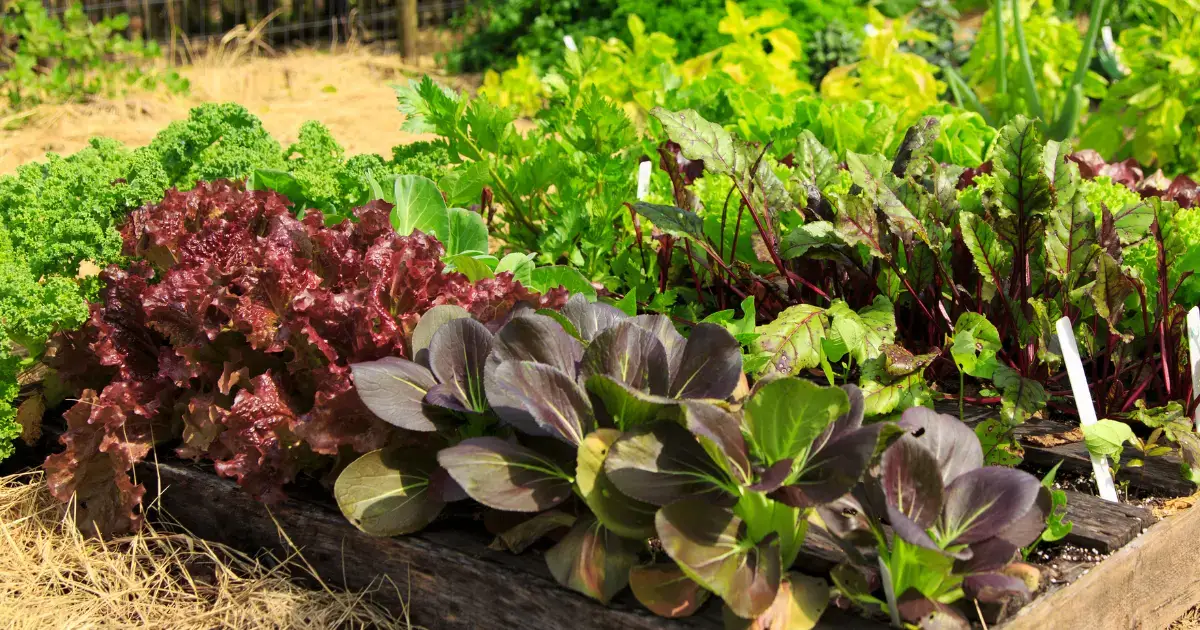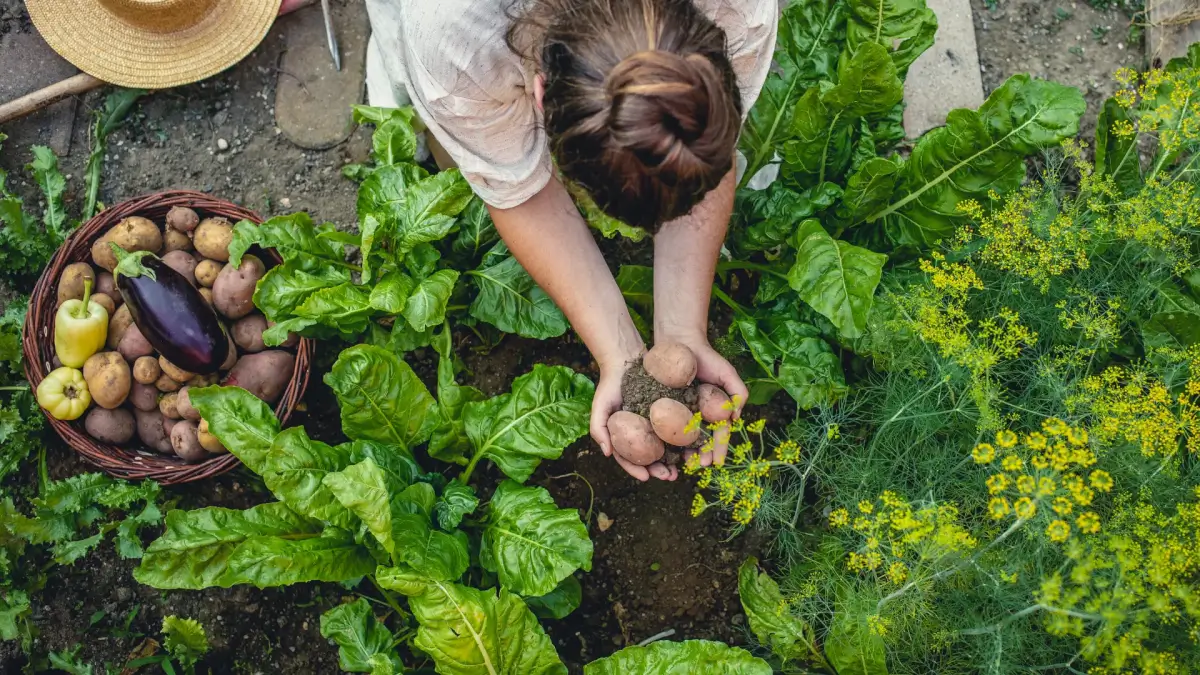
I founded The Dallas Garden School because of the overwhelming amount of snake oil sold to gardeners online and on social media. Self-proclaimed gardened gurus love teaching tricks and quick fixes and all sorts of techniques that have no scientific-basis and lack any evidence of effectiveness.
One of the most troublesome techniques sold to gardeners is the concept of intensive gardening: crowding plants together to grow more in less space.
A key component of this “technique” is planting in raised beds. The theory is that raised beds allow for deeper root system growth, so that you can plant more in less space.
It’s true that raised beds can allow for deeper root systems, especially if ground soil is compacted or poorly drained. But, if you crowd plants together, you just end up with deeper root systems that are still badly crowded.
When plants compete, no one wins
You simply can’t get around the fact that when you plant things too close together, the plants compete with each other for light, nutrients, and water. The result is stressed, weak plants that fail to produce as expected.
Stressed plants not only produce less, but they are also more vulnerable to pests and diseases. Cramming plants together restricts airflow around the plants, creating a high humidity environment in which diseases thrives. Pests are quick to pounce when cramped plants are starved for water and foliage wilts.
You’re not a bad gardener, you’ve just been misled
When I first started gardening, I also bought into the idea of “square foot gardening”. And–you guessed it–it was a disaster. Nothing grew properly, I barely grew enough to make a single meal, and I was disheartened.
This is why the promotion of this misinformation is so upsetting. Gardeners are misled and then, when things go wrong, they believe it’s something that they did wrong to cause the eventual problems. Why would a gardener keep going if they feel they can’t win?
I grow thousands of pounds of vegetables each year because I give my plants plenty of space to grow and thrive.
If you want the same great results, all you have to do is keep it simple.
The easiest planting technique
- Prepare beds (raised or in-ground) before planting by mixing quality compost purchased from a local nursery and a slow release, organic granular
fertilizer into the top 6-8 inches of soil. (Do not purchase compost at home improvement stores. It is poor quality.) - Transplant seedlings at the spacing recommended the seed packet or the plant tag. If this information isn’t available, search for the plant (make sure to include the specific variety) on Google. Something like: “Paloma Eggplant spacing”.
- If seeds were sown directly into garden, thin them to the recommended spacing once they have their first set of true leaves (the leaves that emerge after the seed leaves.) To thin seedlings, use small scissors to snip out the extras at soil level.
- Once seedlings are four inches tall, mulch the area with an organic mulch like shredded hardwood to a depth of 3”. (Don’t let mulch touch stems.)
- Water by hand or run drip irrigation when the top layer of soil is dry to a depth of two inches. To test, just stick your finger into the soil. If it is dry up to the second knuckle, it’s time to water. Water deeply yet infrequently to encourage strong, deep root systems.
Just remember is that if seems to good to be true, it probably is.
- Can Eating Tomatoes Help Prevent Weight Gain? New Study Says Yes - May 25, 2025
- New to Gardening? Join Our Step-by-Step Beginner Gardening Class - April 24, 2025
- Why “Intensive” Gardening is Not Good - March 9, 2025



